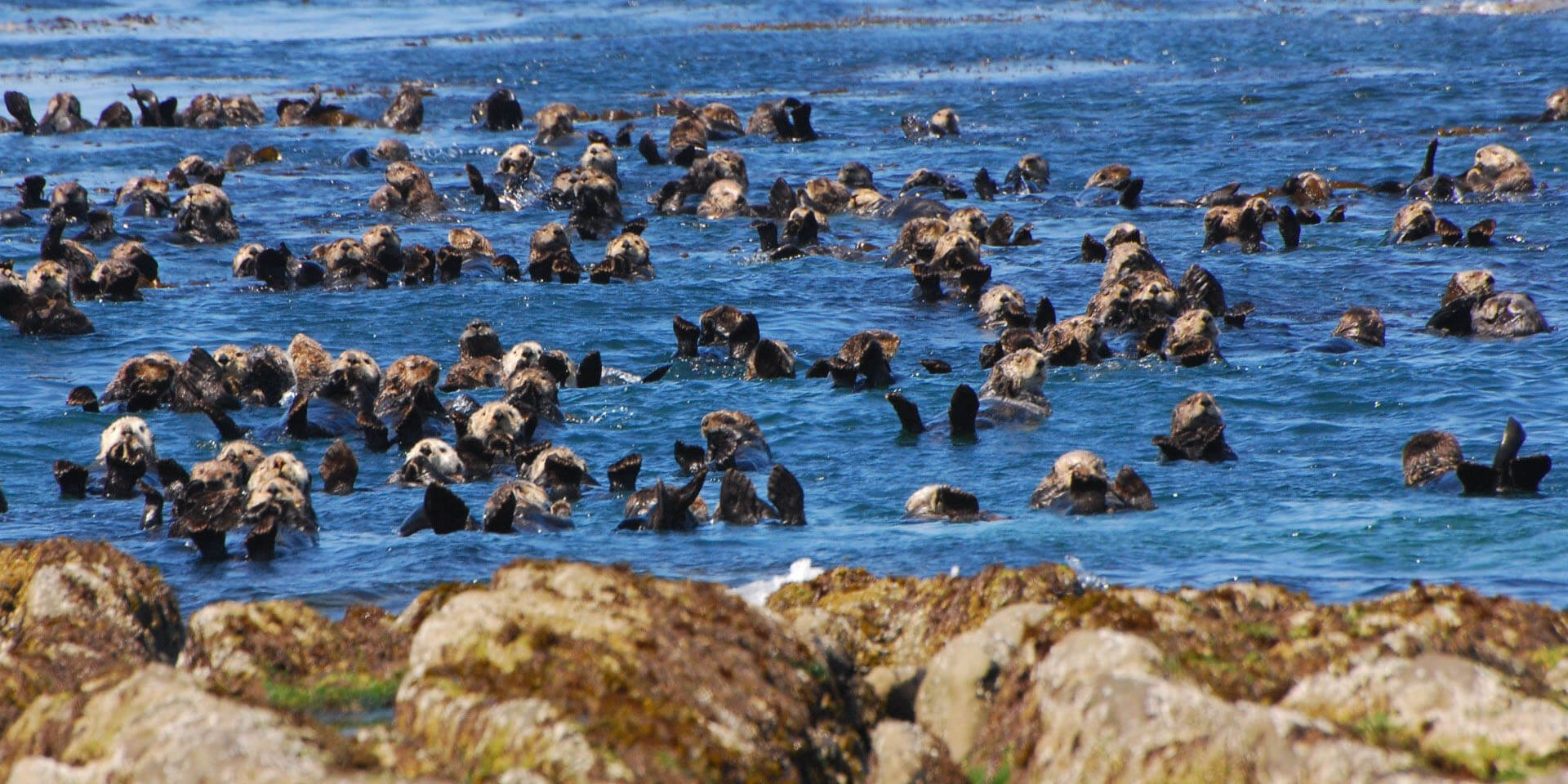Marine Mammals and Noise Workshop Background Documents
The Marine Mammal Commission and Joint Nature Conservation Committee collected a series of briefings on the topics listed below. These background papers were intended to give broad summary overviews of the issues, and were provided to participants prior to the workshop and posted on the Marine Mammal Commission’s website. Please note that distribution of these papers does not constitute endorsement by the Marine Mammal Commission and Joint Nature Conservation Committee.
Sources of Anthropogenic Sound in the Marine Environment (provided by John Hildebrand)
John Hildebrand. 2004. Sources of Anthropogenic Sound in the Marine Environment.
This paper describes the various sources of human-generated sound and their global distribution. It also discusses the need for a long-term monitoring program to track future changes in ocean noise.
Marine Acoustic Technology and the Environment (provided by David Walton)
Scientific Committee on Antarctic Research. 2002. Marine Acoustic Technology and the Environment. Working Paper WP-023, XXV ATCM. 2 pp.
Working Paper 23 was presented by SCAR at XXV Antarctic Treaty Consultative Meeting in September 2002 in Warsaw. This was in response to a request from Treaty Parties for a review of available scientific information on anthropogenic marine acoustic noise and its implications. The paper provides an overview of relevant literature compiled from a workshop meeting and makes some recommendations about mitigation measures.
Scientific Committee on Antarctic Research. 2004. SCAR Report on Marine Acoustic Technology and the Antarctic Environment. Information Paper IP-078, XXVII ATCM. 17 pp.
Information paper 78 was presented by SCAR to XXVII Antarctic Treaty Consultative Meeting in July 2004 in Cape Town. The paper reviews new information available since 2002 and provides a risk analysis approach that can be used for environmental impact assessment in advance of permitting any marine activities that will produce underwater noise. It also attempts to establish the levels of background sound against which anthropogenic noise should be judged.
International Regulation of Undersea Noise (provided by Karen Scott)
Karen N. Scott. April 2004. International Regulation of Undersea Noise. International and Comparative Law Quarterly vol. 53, pp 287–324.
This paper surveys a selection of global and regional instruments which directly or indirectly impact upon the regulation of undersea noise. In its conclusion, this paper attempts to identify further measures that might be taken in order to expedite the development of a comprehensive global legal framework for the regulation of marine acoustic pollution.
The Application of Marine Pollution Law to Ocean Noise (provided by Daniel Owen)
Daniel Owen. 2003. The Application of Marine Pollution Law to Ocean Noise. Annex 1 in Oceans of Noise: A WDCS Science Report. M. Simmonds, S. Dolman, and L. Weilgart, eds. Pp 94–129.
This excerpt from the Whale and Dolphin Conservation Society’s 2003 report addresses the application of marine pollution law to the regulation of ocean noise.
The Evolution and International Acceptance of the Precautionary Principle (provided by Jon Van Dyke)
Jon M. Van Dyke. 2004. The Evolution and International Acceptance of the Precautionary Principle. In Bringing New Law to Ocean Waters, D.D. Caron and H.N. Scheiber eds. Pp 357–379.
This paper examines how the precautionary principle has been used in recent multilateral treaties and in decisions by international tribunals and national courts, and then summarizes the current content and understanding of this principle.
Whales, Submarines, and Active Sonar (provided by Jon Van Dyke)
Jon M. Van Dyke, Emily A. Gardner, Joseph R. Morgan. 2004. Whales, Submarines, and Active Sonar. 18 Ocean Yearbook 330–63.
This paper summarizes the current scientific understanding of the effect of low frequency active sonar and othehttp://www.mmc.gov/wp-content/uploads/vandyke.pdfr loud sounds in the ocean on marine mammals and other marine creatures. It then examines the Navy’s justifications for using active sonar and examines how the principles and
institutions of international environmental law apply to this new form of ocean pollution.
Mitigation and Monitoring (provided by Jay Barlow and Robert Gisiner)
J. Barlow and R. Gisiner. In review. Mitigating, Monitoring, and Assessing the Effects of Anthropogenic Sound on Beaked Whales. Submitted to the Journal of Cetacean Research and Management.
This paper was originally prepared for the Marine Mammal Commission’s April 2004 technical workshop on beaked whales. It reviews options for mitigating and monitoring the potential impacts of human acoustic activity on beaked whales, providing an analysis of the challenges inherent in developing effective methodologies.
